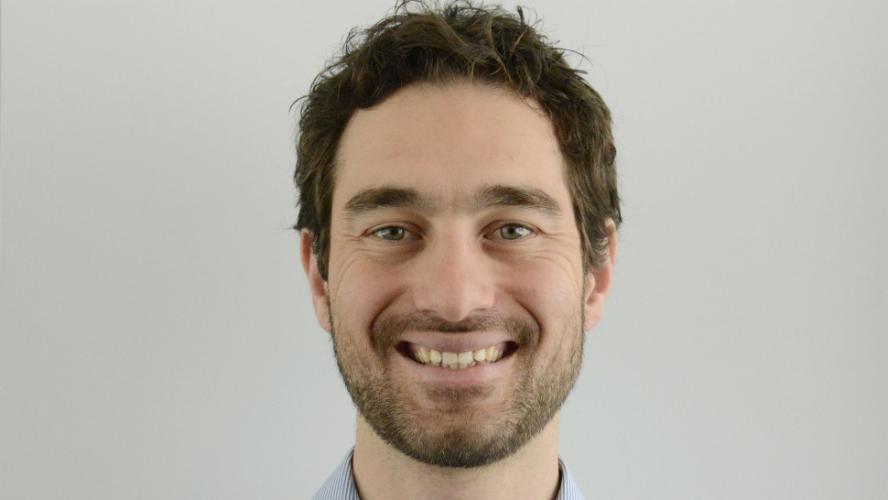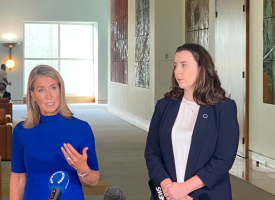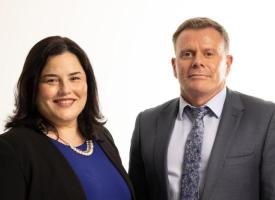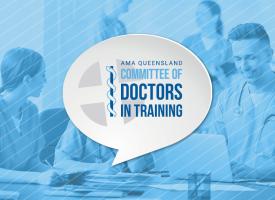Hot on topics, big on advocacy - AMACDT report
The end of October saw the final meeting of the Federal AMA Council of Doctors in Training (AMACDT) for the year. Last weekend, your representatives from all States and Territories met to discuss major issues affecting doctors in training from medical education, to doctors’ health, to member engagement and beyond. Here’s a quick summary of the weekend to keep you up to date.
MEDICAL EDUCATION AND TRAINING

It’s no secret that the medical workforce in Australia is in serious flux. We have seen a massive growth in student numbers and RMOs, not enough registrar positions and an unquantified specialist workforce. The Federal government is currently modelling each specialty through work being done by the National Medical Training Advisory Network (NMTAN), on which AMACDT sits. Clarity in workforce numbers is essential if we’re going to be able to train our future doctors appropriately, and we’re pleased to announce that a package of medical factsheets including a general factsheet on Australia’s medical workforce and individual factsheets on 36 of the medical specialties have recently been made available through the NMTAN website. The AMA does remain concerned about the slow pace of the modelling thus far, and will continue to discuss these concerns with NMTAN.
Bonded medical places have quickly become a hot topic again thanks to AMA advocacy and a renewed push for fairer conditions for MRBS and BMP scholars. We are continuing to speak to the Department of Health about simplifying the current programs and allowing common sense to prevail around return of service obligations, and unnecessarily punitive breach conditions such as the 12 year Medicare ban for MRBS graduates. We will continue to work with the government over Christmas to discuss what new conditions for scholars might look like.
More and more of you are reporting inappropriate questions during job applications and training rotations. Examples include questions around pregnancy plans and marital plans. The AMA firmly believes that these kinds of questions have no place in the modern workplace or training environment. We plan to run a concerted campaign across the country around appropriate and inappropriate employment and training practices, to empower trainees to speak up when they’re subject to these kinds of behaviours.
After-hours deputising services have been in the media recently because of a rapid increase in urgent after hours claims on the MBS. CDT has been working with the Council of General Practice (CGP) to form policy on what after-hours care in Australia should look like. As the government turns the spotlight on after-hours care, it’s important that doctors in training known their rights, and aren’t being coerced by after-hours operators to bill inappropriately. The AMA believes that any savings from reform should be reinvested in quality general practice.
Other topics discussed included planning for a rural generalist pathway, activity based funding systems for teaching and training, support for indigenous trainees and the future of medical accreditation in Australia.
DOCTORS’ HEALTH, WELLBEING AND SAFETY
The AMA and Doctors’ Health Services Board Pty Ltd (DrHS) recently held a national forum in September on reducing the risk of suicide in the medical profession. The forum itself was a great meeting of the minds, and a lot of progress was made on what the medical landscape needs to look like over the coming years to improve conditions for doctors.
CDT discussed the role of doctors in training going forward. The AMACDT has been a strong voice in this space for a long time, and with the renewed interest across the country on doctors’ health, we continue to lead. Minister Hunt announced a suite of investments in suicide prevention across the workforce at the AMA National Conference in May. CDT is part of the Caring for Those Who Care: Preventing anxiety, depression and suicidal behaviour among Australia’s medical workforce project. This project is currently developing a framework for health services across the country on ways to improve the mental health of their medical students and doctors, across the whole system. The framework is currently scheduled for launch in April 2018 and we look forward to the changes it will enable.
The AMA has been opposed to mandatory reporting ever since its inception in 2009. We believe that mandatory reporting of impaired practitioners does nothing for patient safety and makes it harder for mentally ill doctors to seek help. CDT raised an urgency motion at the AMA National Conference calling for an end to mandatory reporting and it passed unanimously. I am pleased to report that following concerted pressure from the AMA across the country to repeal mandatory reporting legislation,
Other items discussed included the recently launched guide from beyondblue on developing a workplace mental health strategy, and ongoing work to review our guide to social media in the medical profession.
MEMBERSHIP, ENGAGEMENT AND COMMUNICATION
This next month will see a major overhaul of our presence on social media. We want to make it easier for doctors in training to see the significant amount of work being done by the AMA on their behalf, led by the AMACDT.
Plans for the coming month include more regular and pertinent updates via Facebook and Twitter, an overhaul of the AMACDT web pages, and increased promotion of work being done by State branches across the country. We’re keen for your feedback over the coming months, and we look forward to bringing you more relevant information in a timelier fashion.
At the start of every year, the AMACDT normally holds a Trainee Forum to best understand the concerns of trainees across the country and to set our work plan for the year. 2018 will see a change in this plan, with a much broader Medical Workforce and Training Summit to be held in Melbourne in early March, covering all the big issues in both workforce and training. We’ll have more details for you as they are available.
Other discussions included part-time membership categories for doctors in training, plans for the AMA National Conference, plans for the AMA Leadership Development Dinner and the upcoming ANZPMEF (Postgraduate Medical Education Forum).
Believe it or not, that’s the short version! As we progress these issues, and many more, we hope to keep you in the loop. As always, please contact us with any questions that you might have.In the meantime, your AMACDT will continue to work hard on all the above and much more, to ensure that the collective voice of doctors-in-training is always front and centre.
Until next time,
Z
Dr John Zorbas
Chair AMA Council of Doctors in Training



